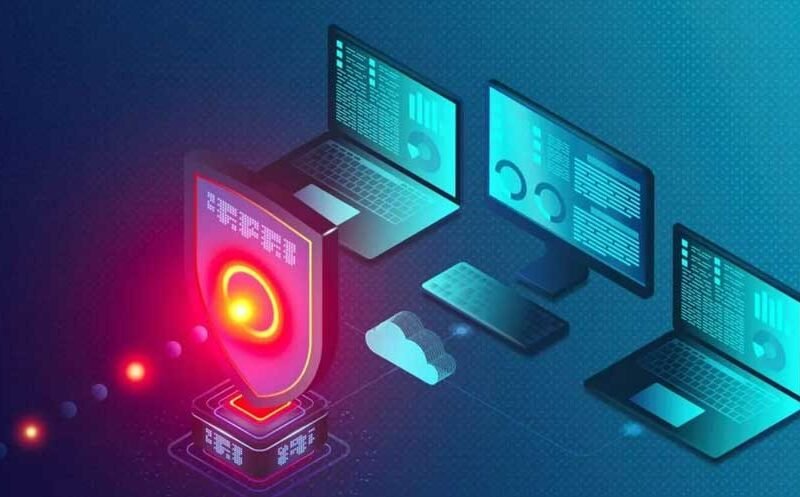Efficient handling of system vulnerabilities has always been a critical aspect of maintaining secure and reliable IT environments. But how has the process transformed over time? What advancements have propelled the industry from manual efforts to automated solutions powered by artificial intelligence? This evolution has not only enhanced security but also streamlined operations for organizations globally.
Today’s advancements in patch management software are a testament to how far technology has come. Early systems required considerable manual effort, but the introduction of automation and advanced algorithms has significantly reduced human involvement, improving efficiency and accuracy. Let us explore this journey, its milestones, and what the future holds for this essential process.
The Early Days: Manual Processes and Their Challenges
In the early days, maintaining system integrity was a labor-intensive process. Technicians had to identify vulnerabilities manually, often through error logs or direct user feedback. These methods were not only time-consuming but also prone to human error, leading to missed vulnerabilities and system inefficiencies.
Organizations heavily relied on spreadsheets and tracking systems to manage updates, which often caused delays. The complexity of this process meant that many systems remained exposed to threats for extended periods, highlighting the need for a more reliable approach.
The Transition to Automation: Simplifying the Process
The introduction of automated tools revolutionized how vulnerabilities were addressed. These solutions enabled systems to detect gaps and install updates without significant human intervention, saving time and resources.
This automation minimized downtime, a critical factor for organizations managing multiple systems or operating globally. Automated solutions allowed administrators to schedule updates during non-operational hours, ensuring minimal disruption while maintaining system integrity. This efficiency is further enhanced by AI scheduling automation tools like best calendar apps, which streamline task planning and resource allocation to keep operations running smoothly.
Modern Advancements: The Role of Machine Learning
Machine learning has added a new dimension to vulnerability management by introducing predictive capabilities. Instead of reacting to known issues, modern systems anticipate potential risks based on usage patterns and historical data.
For example, algorithms can now prioritize which updates are critical based on their impact on system performance and security. This approach ensures that resources are allocated effectively, reducing the likelihood of system disruptions or breaches.
AI-Driven Tools: Transforming the Landscape
The incorporation of AI-driven technologies has brought unparalleled efficiency and accuracy. The reliance on artificial intelligence has not only improved operational efficiency but has also paved the way for proactive vulnerability management. These systems can process vast amounts of data to identify vulnerabilities almost instantaneously, reducing the time required to deploy fixes. Some notable benefits of AI-powered solutions include:
- Enhanced Accuracy:AI identifies potential threats with minimal errors compared to traditional methods.
- Faster Deployment:Fixes are rolled out quickly, mitigating risks in real time.
- Improved Scalability: Organizations with extensive infrastructures can manage multiple systems seamlessly.
Balancing Security and Performance: A Continuous Challenge
While advancements in technology have brought numerous benefits, striking a balance between system security and performance remains an ongoing challenge. Overloading systems with updates or deploying unnecessary fixes can slow operations and lead to inefficiencies. The integration of AI has helped mitigate this issue by identifying the most relevant fixes. Still, administrators must carefully monitor their systems to ensure that updates do not adversely affect performance.
Best Practices for Effective Vulnerability Handling
By combining technological tools with proactive strategies, organizations can build a robust approach to managing vulnerabilities effectively. Organizations can maximize the benefits of modern solutions by adhering to these practices:
- Regular System Audits:Periodic checks ensure that all systems remain up-to-date and secure.
- Prioritized Fixes: Focus on addressing high-risk areas to protect sensitive information.
- Employee Training: Staff awareness can prevent vulnerabilities caused by human error.
The evolution of patch management software reflects the remarkable progress in technology, from manual efforts to intelligent, AI-powered solutions. These advancements have redefined how organizations address vulnerabilities, ensuring better security and efficiency. Balancing innovation with practical strategies will remain key in maintaining secure and reliable digital environments.










